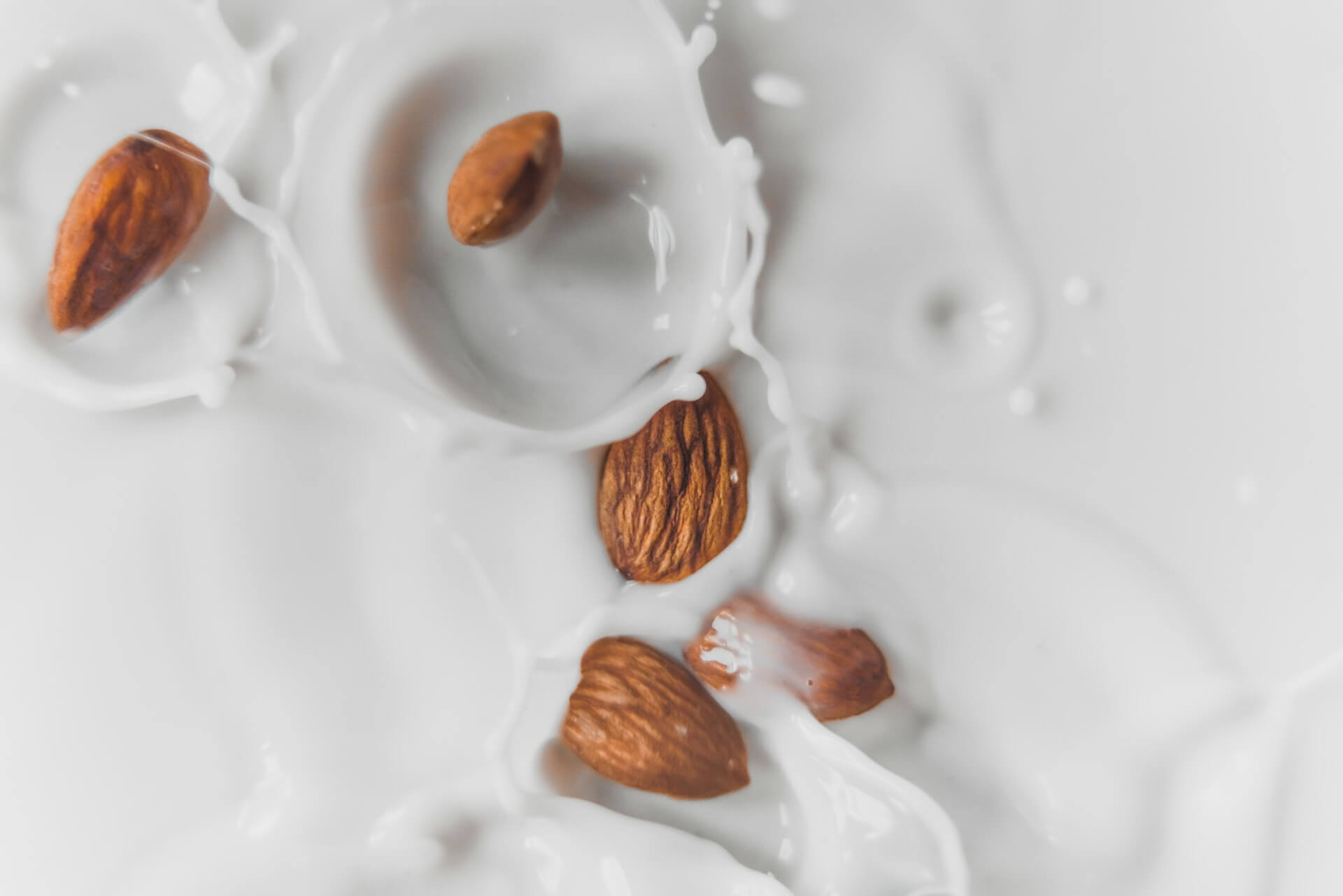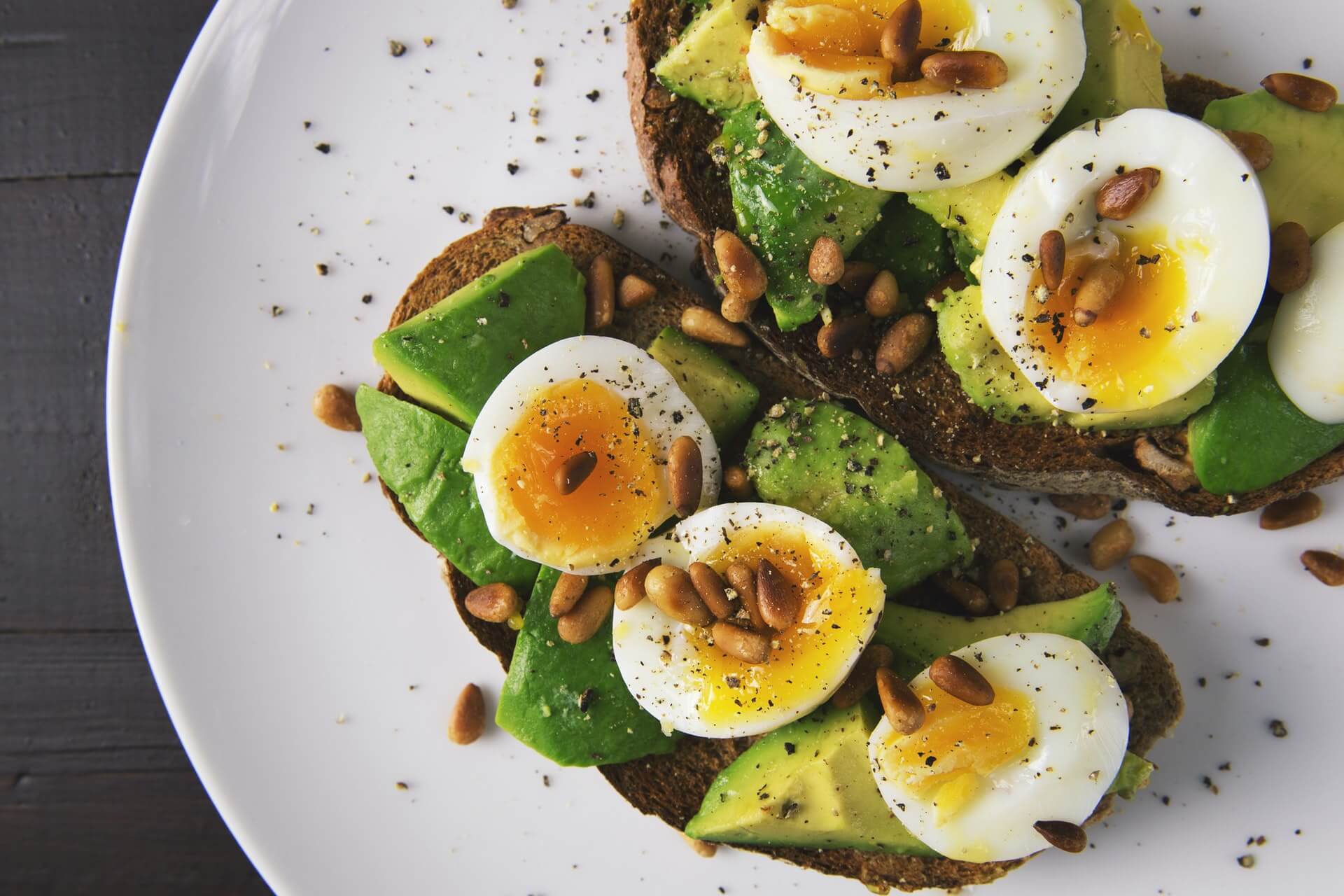A lot of foods are off-limits on the ketogenic diet, especially sweet-tasting fruits as they’re rich in simple sugars fructose and glucose. Examples of these fruits to avoid include apples, bananas, grapes, and oranges.
However, you don’t have to give up fruit entirely, because the good news is that some fruits are lower in carbohydrates and fit into your keto meal plan.
This guide lists the best keto-friendly fruits including their net carbs per serving, and what to avoid.
Can You Eat Fruits on Keto?
While fruits are generally rich in carbohydrates, certain options (and in the right amounts) are allowed. As long as you plan your fruit intake carefully, yes — you can definitely eat fruits and still maintain ketosis. After all, including fruit is one way to diversify your diet and help meet your nutritional needs. Plus, low-carb fruits can serve as healthy desserts.
What Fruits to Eat on a Ketogenic Diet
To help you plan your meals, we’ve arranged the fruits starting with the least number of net carbs (total carbs minus dietary fiber) they contain in a 100g serving.
As a basic rule, remember that sweeter fruits contain more carbohydrates. Be careful with their amounts because carbs can add up quickly.
1. Avocados
Avocados are rich in fats, particularly monounsaturated fatty acids (MUFAs), making them suitable for a ketogenic diet. Research shows that including MUFAs in your diet lowers your risk of heart disease, thanks to their positive effect on your serum lipids (1).
A 100 gram or half-cup serving of avocados contains only 1.83 grams of net carbs. It’s also high in dietary fiber (2).
You can enjoy avocado on keto in a variety of ways, such as making toast using low-carb bread or adding it into salads.
2. Tomatoes
Despite being considered a vegetable by nutritionists, tomatoes are actually a fruit.
Tomatoes make great additions to any keto recipe or meal, such as soups, salads, salsa, pasta, and sandwiches.
They’re very low in net carbs — 100 grams or one-half cup of tomatoes offer only 2.8 grams. Furthermore, you’ll benefit from several vitamins and minerals, including vitamin C, vitamin A, lycopene, calcium, and phosphorus (3).
Lycopene, a tomato’s naturally occurring pigment, has been linked to positive health effects such as a reduced risk for prostate cancer and improved asthma symptoms (4).
3. Star Fruit
The star fruit, also known as carambola, is native in Indonesia and the Philippines. It’s also grown in other tropical areas in the world.
While less popular in the keto community, adding this low-carb fruit to your diet actually helps your health.
For example, one preliminary study showed that healthy elderly people who regularly consumed fresh star fruit juice from a 100-gram serving of star fruit achieved an improvement in their HDL (high-density lipoprotein) or “good cholesterol” levels. In addition, their antioxidant status improved (5).
As for the net carbs, 100 grams or a one-half cup serving of star fruit has only 3.93 grams of net carbs (6).
4. Blackberries
Blackberries are made of individual berries called “bobbles.”
Like other berries, blackberries are rich in antioxidants, such as ellagic acid, tannins, and quercetin. They’re also an excellent source of fiber, vitamin C, and vitamin K which offer a wide range of health benefits (7).
Whether you’re snacking on raw blackberries or incorporating them into your recipes, 100 grams or a one-half cup serving contains just 4.31 grams of net carbs (8).
5. Raspberries
Raspberries are another popular choice for a keto-friendly fruit. They’re not just low in net carbs, but they also provide nutrients like potassium, vitamin K, iron, and calcium (9).
In two studies, decreased oxidative stress was noted (as measured by decreased lipid and protein damage, and inflammation) after the subjects received raspberry treatment (9).
Each 100-gram or one-half cup serving has 5.4 grams of net carbs (10).
It’s best to consume fresh, raw raspberries than store-bought raspberry jams which are likely to contain added sugars.
6. Strawberries
Strawberries are highly nutritious. They’re an excellent source of vitamin C, which your body needs for proper immune function and protein metabolism (11).
In fact, 100 grams of strawberries can provide 56 grams of vitamin C. Other important nutrients found in strawberries include calcium, magnesium, and potassium (12).
As one of the top keto fruits, strawberries contain 5.83 grams of net carbs (12).
However, since they’re quite high in natural sugars, be careful not to exceed a 100-gram serving size so you can still fit other foods into your daily meal plan.
7. Coconut Meat
Coconut meat refers to the white flesh in coconuts.
It’s a great keto-friendly source of fiber, including nutrients like calcium, iron, sodium, and potassium (13). In addition, it contains medium-chain triglycerides (MCTs) which support weight loss (14).
One serving of coconut meat provides 6.2 grams of net carbs and 3.33 grams of protein (13). Therefore, while it’s keto-friendly, it’s not a significant source of protein.
Some ways to consume coconut meat include eating it raw and fresh, blending it into your smoothies, and using it as a topping for your low-carb desserts.
8. Lemon
You might have heard of lemons as a superfood since they contain substantial amounts of vitamin C and flavonoids (15).
Unlike other citrus fruits like oranges and pomelos, lemons are lower in carbohydrates, making them an acceptable choice for keto dieters. One serving provides just 6.52 grams of net carbs (16).
When shopping for lemons, choose fresh lemons — not the ones that have been juiced (that come in glass containers) to avoid added sugars. You’re also able to maximize their nutrient content if you get fresh lemons.
9. Watermelon
Watermelons aren’t just delicious and refreshing — they’re also fairly low in net carbs. A one-half cup serving has around 7.15 grams of net carbs (17).
They contain mostly water, about 91 grams per serving, while being low in fiber (17).
Plus, watermelons provide important nutrients such as magnesium, phosphorus, and potassium (17). All of these make this fruit one of the healthiest ways to hydrate yourself.
It’s easy to overeat watermelons and exceed your carb allowance because they taste so good. So, you need to watch over your portion sizes. In addition, you may want to test your blood glucose levels after eating them if you have diabetes.
10. Cantaloupe
The name “cantaloupe” actually comes from Cantalupo, a town in southern Italy.
Cantaloupes are not just healthy, but they can also be part of a low-carb meal plan as long as you control your serving sizes.
Since they’re higher in net carbs compared to other fruits on this list, it’s best to stick to 100 grams or one-half cup to consume only 7.36 grams of net carbs (18).
You can even save cantaloupes for special occasions or higher carb days as part of a cyclical keto diet plan.
Fruits to Avoid on Keto
On the other hand, you cannot eat these fruits since they’re high in carbs. Here’s what to avoid:
- Apples
- Bananas
- Mangoes
- Pineapples
- Peaches
- Dates
- Kiwis
- Grapes
- Dried fruits
Stay away from them especially if you’re trying to control your blood sugar levels, lose weight, or achieve both. Even if these fruits contain vitamins and minerals, they can sabotage your goals.
Bottom Line
As you’ve seen from our list, you can safely add fruits into your diet without getting kicked out of ketosis. The key is to choose low-carb fruits and enjoy them in just the right amounts.
Each keto fruit can offer good amounts of micronutrients which promote health and support a healthy digestion, thanks to their fiber content.
Keep in mind that staying within your carbohydrate limit while eating fruits requires careful planning. If you want a bigger serving size, consider enjoying these keto fruits on higher carb days, before a workout session, or during special occasions.
References:
- Pieterse Z, Jerling J, Stonehouse W. Avocados (monounsaturated fatty acids), weight loss and serum lipids. 2003 January
- FoodData Central. Avocado, raw
- FoodData Central. Tomato, roma
- Story E, Kopec R, Schwartz S et al. An Update on the Health Effects of Tomato Lycopene. 2013 December 04
- Leelarungrayub J, Yankai A, Pinkaew D et al. A preliminary study on the effects of star fruit consumption on antioxidant and lipid status in elderly Thai individuals. 2016 August 31
- FoodData Central. Carambola, (starfruit), raw
- Huang W, Zhang H, Liu W et al. Survey of antioxidant capacity and phenolic composition of blueberry, blackberry, and strawberry in Nanjing. 2012 February
- FoodData Central. Blackberries, raw
- Burton-Freeman B, Sandhu A, Edirisinghe I. Red Raspberries and Their Bioactive Polyphenols: Cardiometabolic and Neuronal Health Links. 2016 January 07
- FoodData Central. Raspberries, raw
- National Institute of Health. Vitamin C
- FoodData Central. Strawberries, raw
- FoodData Central. Nuts, coconut meat, raw
- St-Onge M, Bosarge A, Goree L et al. Medium Chain Triglyceride Oil Consumption as Part of a Weight Loss Diet Does Not Lead to an Adverse Metabolic Profile When Compared to Olive Oil. 2010 May 21
- Quita S. Evaluation of lemon fruit extract as an antioxidant agent against histopathological changes induced by cyclophosphamide in the testes of albino mice. 2016 January 15
- FoodData Central. Lemons, raw, without peel
- FoodData Central. Watermelon, raw
- FoodData Central. Melons, cantaloupe, raw



